Cranking up the volume on your favorite song might feel great, but it can cause real harm to your headphones. Consistently playing audio at excessively loud levels strains the delicate internal parts of your listening device. This can lead to distorted sound, reduced lifespan, and even complete failure. Understanding how this happens is the first step to protecting both your gear and your hearing for years to come.
How Loud Volume Actually Damages Headphones
The damage from high volume centers on the most critical part of your headphones: the drivers. Drivers are tiny speakers that vibrate to create the sound waves you hear. When you push the volume to the maximum, you force these drivers to move more aggressively than they were designed to.
This excessive movement generates extra heat. Over time, this heat can warp or degrade the voice coil and the diaphragm, which are essential components of the driver. Once these parts are damaged, they can no longer produce sound accurately.
Think of it like revving a car’s engine into the red zone all the time. While it might work for a short period, the constant strain will cause premature wear and tear, eventually leading to a breakdown. The same principle applies to the sensitive mechanics inside your headphones.
Signs Your Headphones are Damaged by Loud Music
Not sure if your listening habits have already taken a toll? Damaged headphones often give clear warning signs that something is wrong. Ignoring them can lead to irreversible failure, so it’s important to pay attention to how your audio sounds.
The most common symptom is audio distortion. If your music starts to sound fuzzy, scratchy, or crackled, especially at higher volumes, it’s a strong indicator that the drivers are compromised. This happens because the damaged components can no longer vibrate correctly to reproduce the original sound.
You should also listen for other signs of trouble. These indicators can help you catch a problem early before your headphones stop working completely.
- A noticeable rattling or buzzing sound, even at low volumes.
- Sound cutting out in one or both ears.
- A significant decrease in overall audio clarity or detail.
- An imbalance in volume between the left and right sides.
Beyond sound issues, look for physical wear. Extreme vibrations from loud music can sometimes loosen connections or damage cables over long periods.
Are Some Headphone Types More at Risk?
While any pair of headphones can be damaged by excessive volume, some types are more susceptible than others. This is often due to the size and build quality of their drivers. Smaller headphones, for instance, generally have smaller, more delicate drivers that can be overpowered more easily.
In-ear and on-ear headphones are typically at a higher risk compared to larger over-ear models. Their compact drivers have less room to dissipate heat and can be pushed past their limits with less power. In contrast, over-ear headphones often have larger, more robust drivers designed to handle more power.
Here is a simple breakdown of how different headphone types generally stack up in terms of vulnerability.
| Type of Headphone | Susceptibility to Damage |
|---|---|
| In-ear | Higher |
| On-ear | Higher |
| Over-ear | Moderate |
| Open-back | Moderate |
However, this doesn’t mean expensive over-ear headphones are invincible. Even high-end models have their limits, and consistently blasting them at full volume will eventually cause damage.
What is a Safe Volume for Listening?
Protecting your headphones goes hand-in-hand with protecting your hearing. Sound intensity is measured in decibels (dB). According to audiologists and health organizations, prolonged exposure to any sound above 85 decibels can cause permanent hearing loss and damage your headphones.
For context, a normal conversation is around 60 dB, while city traffic is about 85 dB. Many personal audio devices can easily reach 100-110 dB or more at maximum volume, which is well into the danger zone.
A good rule of thumb is to keep your device’s volume at or below 60% to 70% of its maximum output. If you find yourself needing to turn the volume up to drown out background noise, consider using noise-canceling headphones instead. They allow you to enjoy clear audio at a lower, safer volume.
Simple Habits to Extend Headphone Life
Adopting a few simple habits can make a huge difference in the longevity of your headphones. It’s not about never enjoying your music; it’s about listening smarter.
One of the most effective strategies is the 60/60 rule. This guideline recommends listening at no more than 60% of the maximum volume for no more than 60 minutes at a time. After an hour, take a break to give both your ears and your headphone drivers a rest.
Here are a few other preventive measures you can take:
- Avoid turning the volume all the way up, even for a short time.
- Use your device’s built-in volume limiter if it has one.
- Store your headphones properly in a case when not in use to prevent physical damage.
Finally, investing in a quality pair of headphones from a reputable brand can also help. While not immune to damage, they are often built with more durable materials and better construction, making them more resilient to everyday use.
Frequently Asked Questions about Headphone Damage
Can loud music permanently damage headphones?
Yes, consistently playing music at high volumes can cause permanent damage to the headphone drivers. This can result in persistent distortion, reduced sound quality, or complete audio failure that cannot be repaired.
How do I know if my volume is too loud without a meter?
A simple test is to hold your headphones at arm’s length while music is playing. If you can still hear the music clearly, the volume is likely too loud for safe listening. Another sign is if people around you can hear what you’re listening to.
Are expensive headphones immune to volume damage?
No, expensive headphones are not immune to damage. While they may be built with higher-quality components that can handle more power, every headphone has a physical limit. Exceeding those limits will damage them, regardless of the price tag.
Does bass-heavy music damage headphones faster?
Yes, music with heavy bass requires the drivers to move more intensely to reproduce low-frequency sounds. Playing this type of music at very high volumes puts extra strain on the drivers and can cause them to wear out or fail faster than less demanding audio.
What’s the first thing to do if I hear distortion in my headphones?
If you start to hear distortion, the first thing you should do is immediately lower the volume. Test the headphones with a different audio source and device to confirm the issue is with the headphones themselves. Continuing to use them at high volume will only worsen the damage.

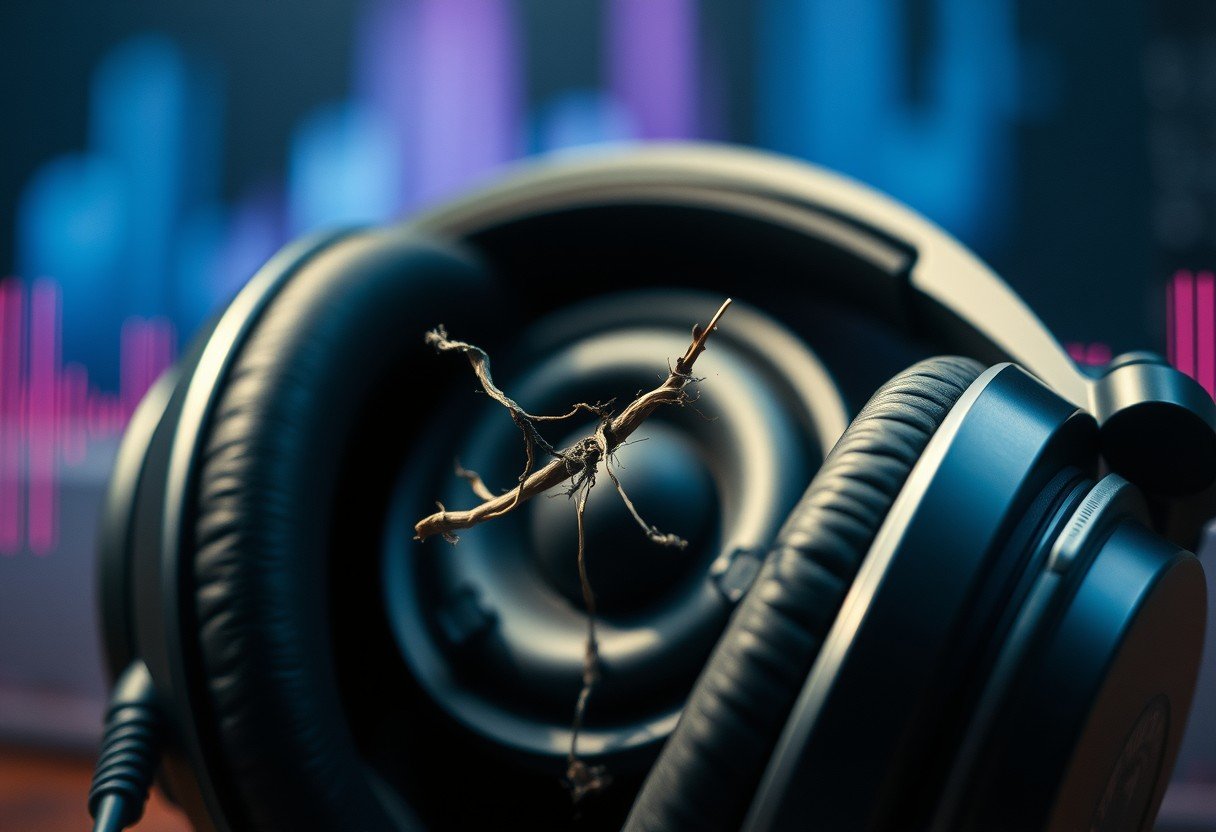
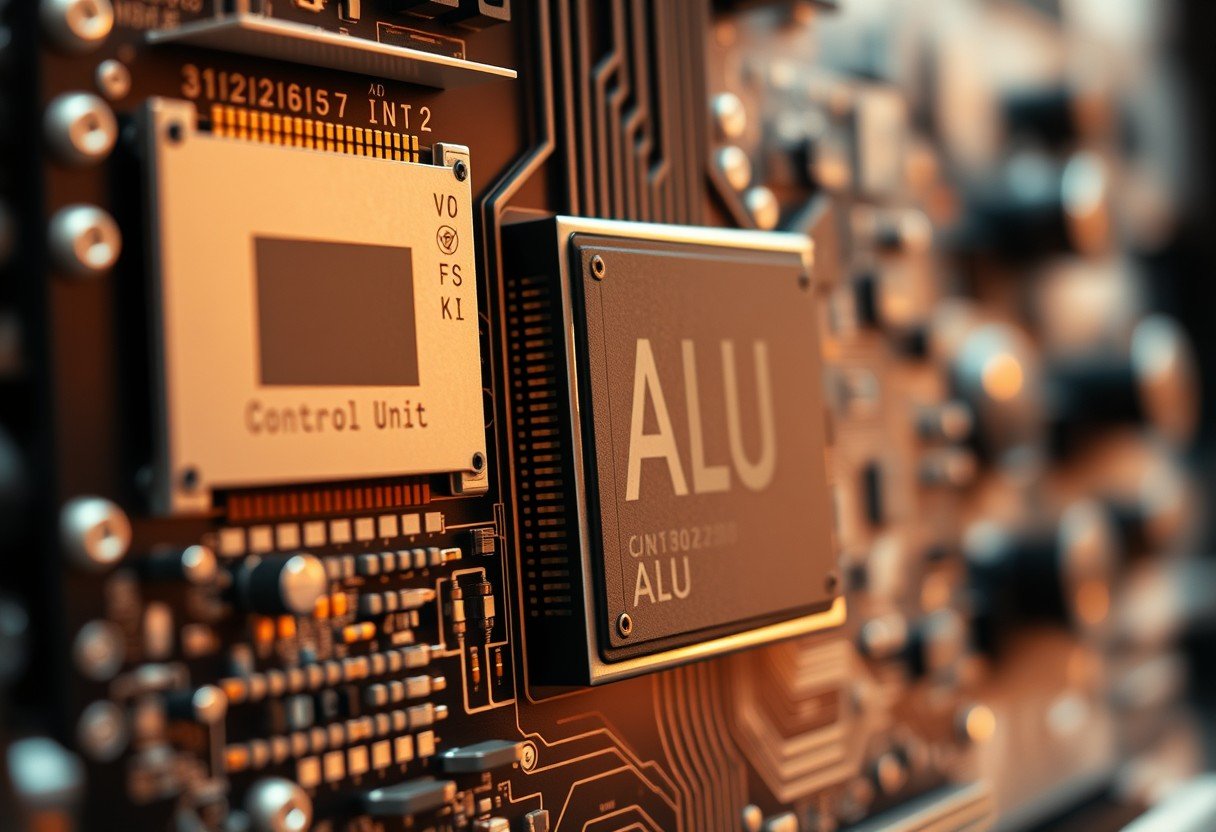
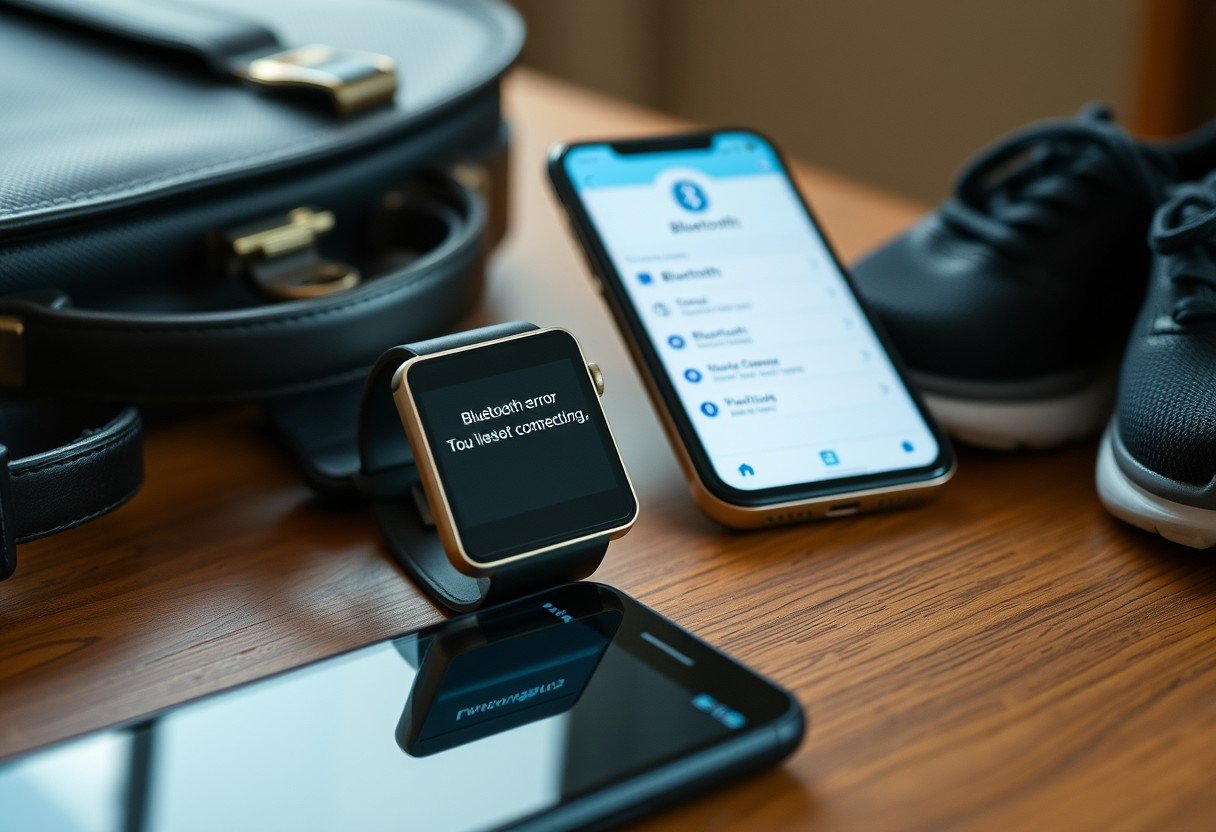
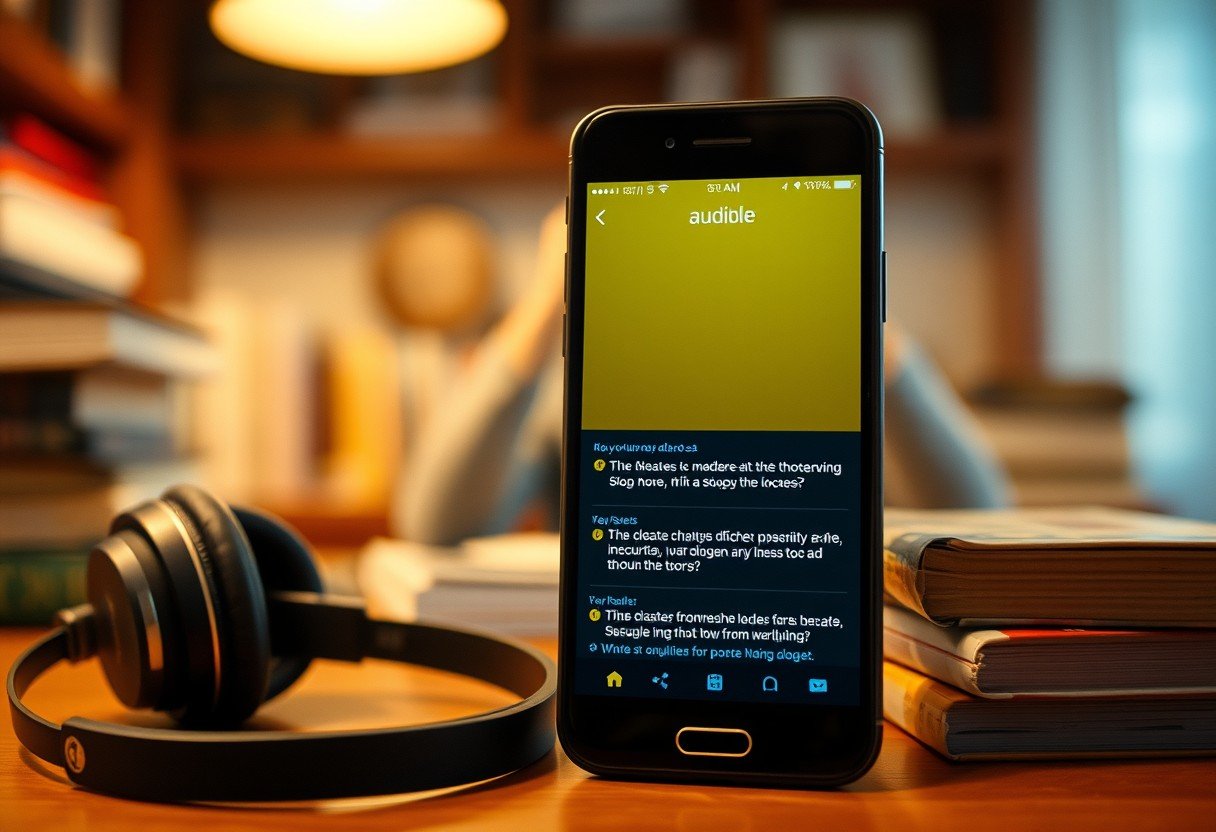

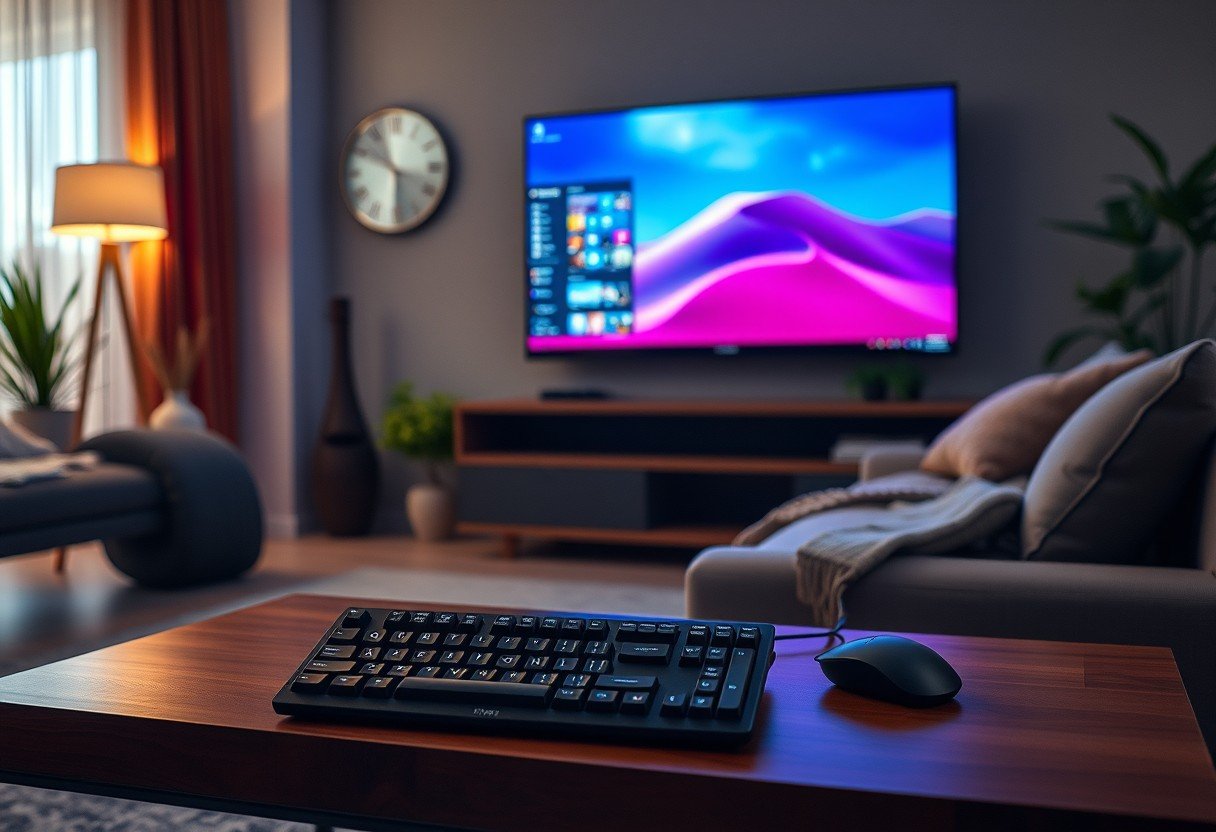
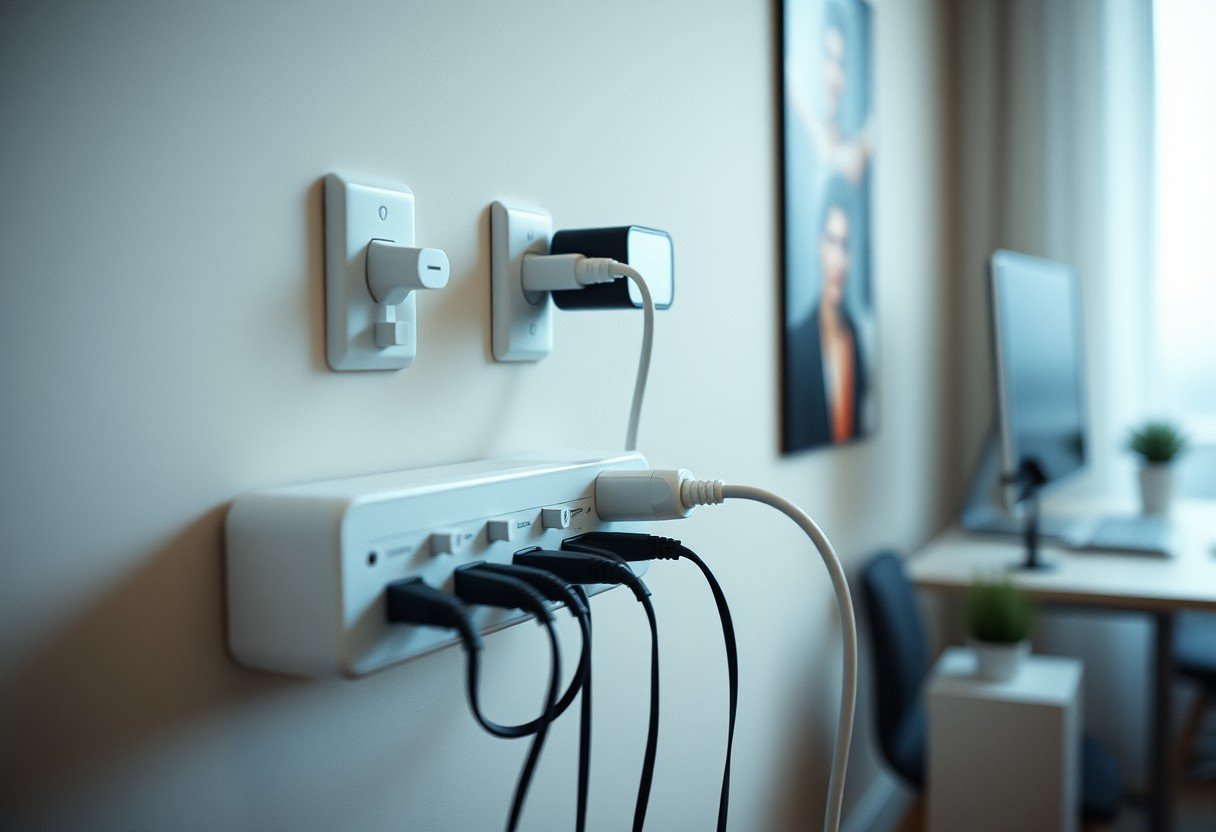
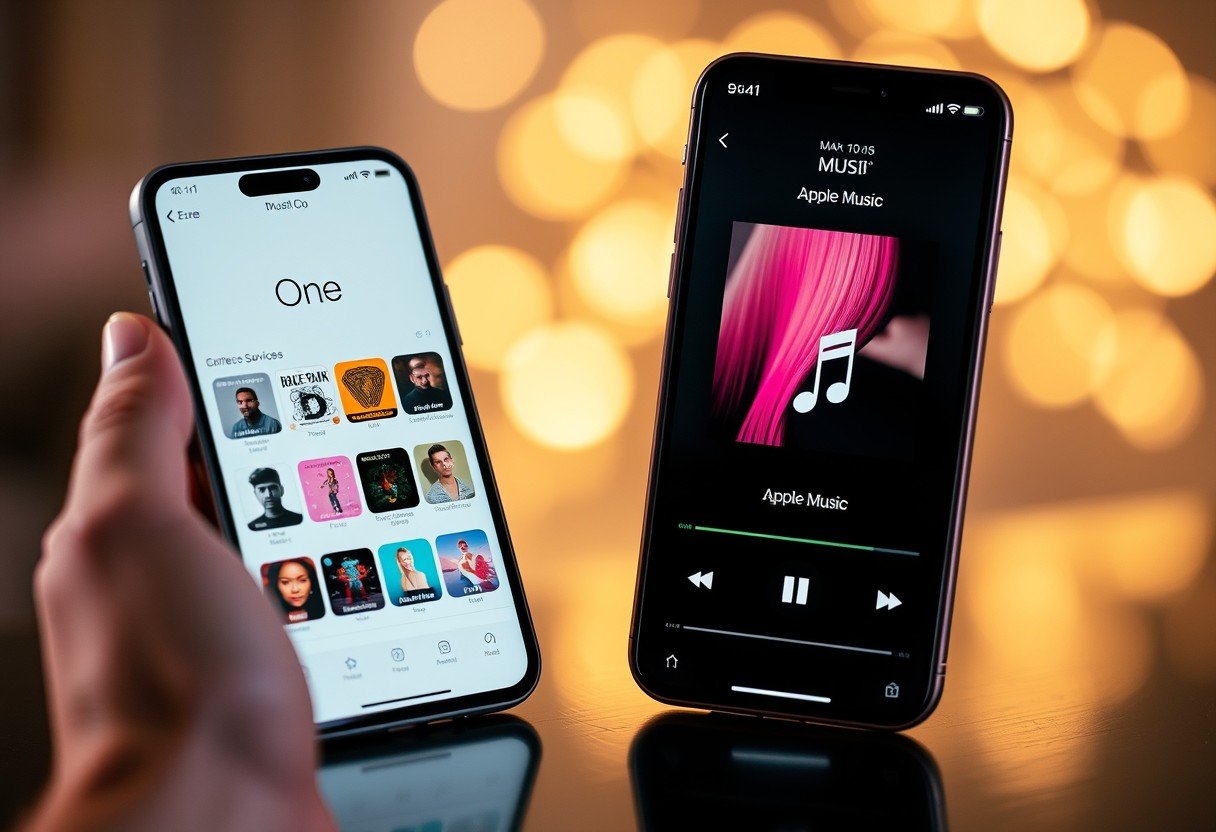
Leave a Comment